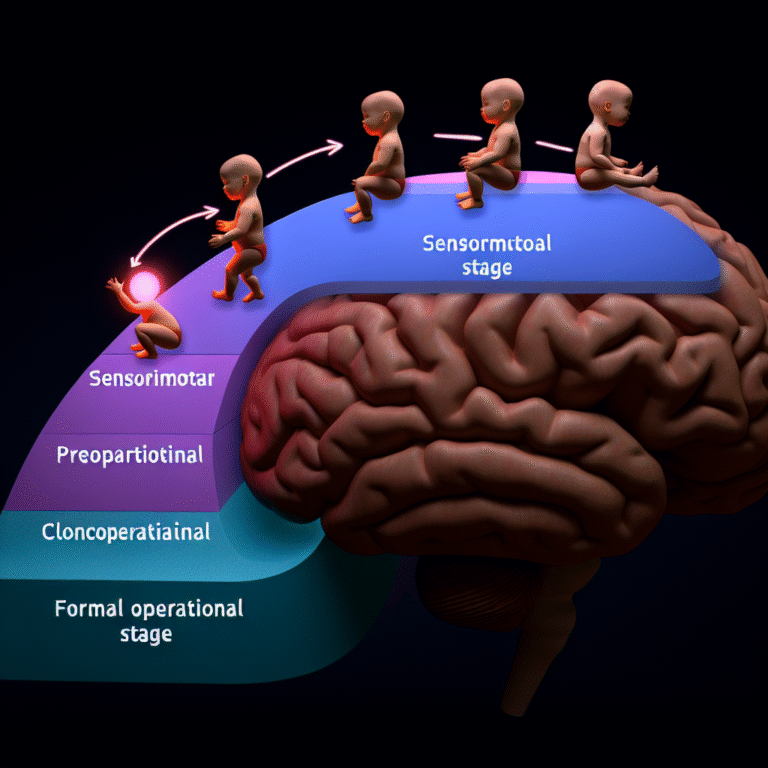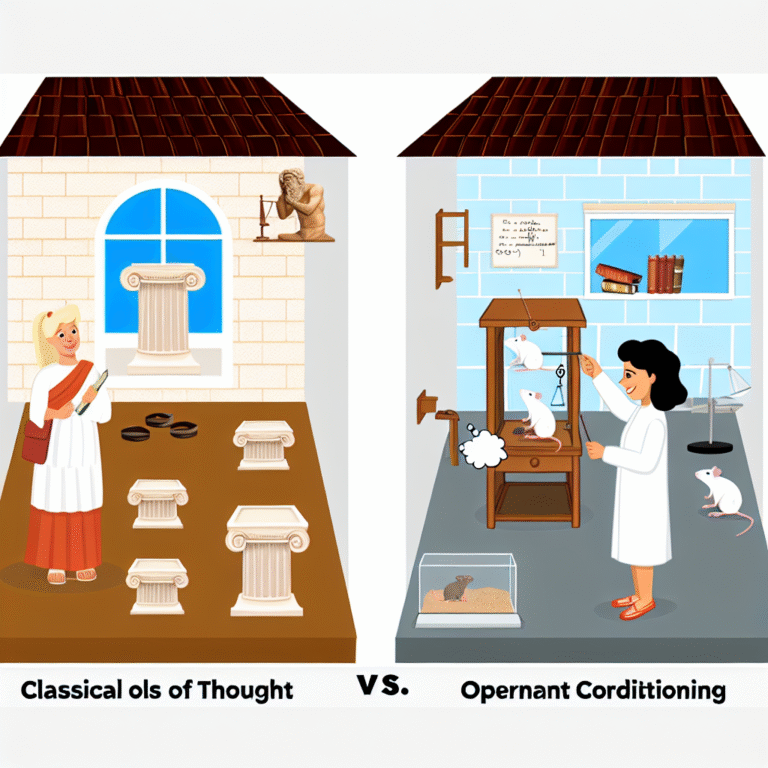
The Essential Attachment Theory Toolkit: Enhancing Intimacy and Communication in Your Relationship
Introduction
In a world where relationships can be a source of both comfort and conflict, understanding how to connect deeply with your partner is paramount. The Attachment Theory Toolkit: Enhancing Intimacy and Communication in Your Relationship offers a transformative approach to fostering a secure emotional bond. This toolkit draws on decades of psychological research to help couples navigate their emotional landscapes, enabling them to build a fulfilling partnership.
Whether you’re facing communication challenges, feeling distant, or simply seeking to deepen your emotional intimacy, this article serves as your guiding light. Prepare to discover actionable strategies that will enhance your relationship, all grounded in the principles of attachment theory.
Understanding Attachment Theory
What is Attachment Theory?
Attachment Theory, introduced by psychologist John Bowlby and further developed by Mary Ainsworth, posits that early relationships with caregivers shape our future relationships. It identifies four primary attachment styles: secure, anxious, avoidant, and disorganized. Understanding these styles is crucial for improving communication and intimacy in your relationship.
The Four Attachment Styles
| Attachment Style | Description | Impact on Relationships |
|---|---|---|
| Secure | Comfortable with intimacy and independence | Healthy relationships with effective communication |
| Anxious | Preoccupation with attachment and fear of abandonment | Heightened emotional needs and clinginess |
| Avoidant | Preference for emotional distance | Difficulty with intimacy and expression |
| Disorganized | Mixed signals and fear of intimacy | Unpredictable behavior and emotional chaos |
The Attachment Theory Toolkit: Enhancing Intimacy and Communication
1. Self-Assessment of Attachment Style
Before diving into collaborative strategies, it’s essential to understand your own attachment style. Self-awareness is the first step toward improving intimacy and communication.
Case Study: Sarah and Mark
Sarah and Mark have been together for three years. Sarah tends to display an anxious attachment style, often worrying about Mark’s commitment. After completing a self-assessment, she realizes she often reads into Mark’s actions. This newfound awareness leads to healthier discussions about her emotional needs.
2. Open Communication: The Heart of the Toolkit
Creating a Safe Space
Creating a non-judgmental environment is key when discussing feelings and needs. Couples should practice active listening, which includes validating each other’s experiences.
Practical Exercise
Daily Check-Ins: Take 10 minutes each day to share one positive thing and one concern with each other.
Case Study: Rachel and David
Rachel and David began to incorporate daily check-ins. Initially awkward, they soon discovered that discussing their feelings led to incredible growth in intimacy. Rachel felt heard, while David became more aware of her emotional triggers.
3. Understanding Triggers and Reactions
Learning to identify personal triggers is fundamental for effective communication. When you know what prompts certain emotional reactions, you can work to manage them better.
Tools for Identifying Triggers
- Keep a journal to note down emotional reactions and the situations causing them.
- Discuss these triggers openly with your partner.
Case Study: Jenna and Luis
Luis often felt overwhelmed during emotional discussions, distancing himself. By identifying stress as a trigger, Jenna learned to approach sensitive topics gently. Their openness about triggers fostered deeper understanding and connection.
4. Reframing Perspectives
It’s essential to reframe negative thoughts about your partner and your relationship. Challenges and disagreements can be seen as opportunities for growth.
Reframing Techniques
- From "You never listen" to "I feel unheard when…"
- From "You always avoid intimacy" to "I notice you feel overwhelmed during intimate moments."
Case Study: Emma and Jake
Emma’s tendency to criticize Jake’s avoidance led to conflicts. By reframing her approach, Emma learned to express her feelings without placing blame, significantly improving their discourse.
Enhancing Intimacy Through Shared Experiences
5. Build Emotional Intimacy
Engaging in shared activities or hobbies can enrich your emotional connection and enhance intimacy.
Ideas for Shared Experiences
- Take cooking classes together.
- Explore new hiking trails or travel destinations.
- Regularly schedule date nights to break from routine.
Case Study: Mia and Tom
Mia and Tom’s relationship regained its spark through weekly cooking nights. These shared experiences fostered communication and deep intimacy, allowing them to connect on emotional and physical levels.
6. Practice Vulnerability
Vulnerability is a vital element of intimacy. It involves sharing fears, dreams, and insecurities without fear of judgment.
How to Cultivate Vulnerability
- Share a personal story that shaped who you are.
- Discuss future goals and aspirations together.
Case Study: Anna and Mike
Anna hesitated to share her past experiences with Mike, fearing judgment. However, once she opened up, Mike reciprocated, strengthening their bond and intimacy.
The Role of Professional Guidance
7. Seeking Therapy or Counseling
Professional support can be invaluable in processing attachment-related issues. A therapist can provide guidance tailored to your unique dynamic.
Benefits of Therapy
- Offers tools and techniques to enhance communication.
- Provides a neutral space for discussing complex emotions.
Case Study: Lisa and Steve
After recognizing their recurring patterns, Lisa and Steve sought couples therapy. The therapist taught them constructive communication techniques, enriching their relationship significantly.
Conclusion
The Attachment Theory Toolkit: Enhancing Intimacy and Communication in Your Relationship highlights the pathway to deeper emotional connections. By understanding your attachment style, fostering open communication, identifying triggers, and engaging in shared experiences, you can create a fulfilling partnership tailored to your unique needs.
Final Thoughts
Take actionable steps today! Start with open conversations about your attachment styles, embrace vulnerability, and don’t hesitate to seek professional guidance if needed. Your relationship has the potential for profound intimacy and connection—unlock it with the right tools.
FAQs
1. What is attachment theory?
Attachment theory explains how early relationships with caregivers impact our emotional bonds in adult relationships, organizing behaviors into distinct styles.
2. How can I identify my attachment style?
You can find various online quizzes or self-assessment tools that look at your relationship patterns and emotional responses.
3. What if my partner has a different attachment style than me?
Understanding and respecting each other’s attachment styles can foster empathy and improve communication in your relationship.
4. How can I improve communication with my partner?
Practice active listening, create a non-judgmental space for conversations, and consider daily check-ins to share feelings and concerns.
5. Is couples therapy necessary?
While not everyone needs therapy, seeking professional help can provide valuable tools and insight into enhancing communication and resolving conflicts within your relationship.
This comprehensive guide has equipped you with crucial insights into attachment theory and actionable strategies to enhance intimacy and communication. By embracing these principles, you’re taking significant steps toward a more connected, harmonious relationship.
















